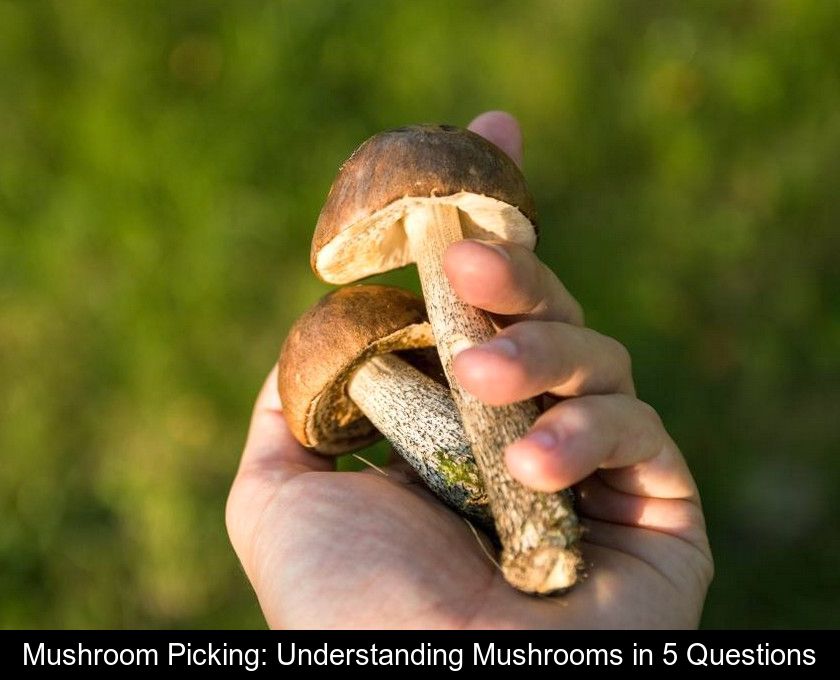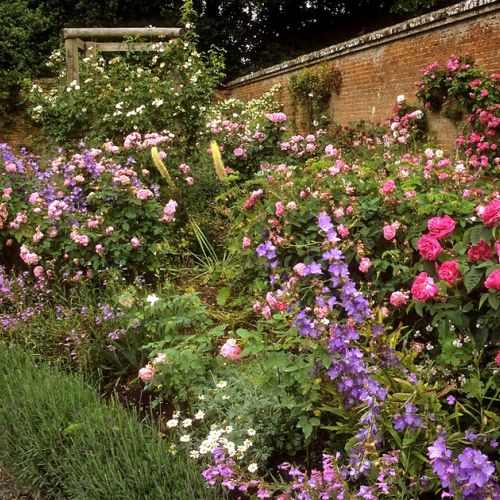Mushroom Picking: Understanding Mushrooms In 5 Questions
Mushrooms are ubiquitous in nature. They can be found in forests, on trees or on the ground, but also in fields and even in your garden. Autumn is the peak season for picking porcini mushrooms, chanterelles, and morels. But do you know what a mushroom is and how to find one?
1- What is a mushroom?
The species of fungi are very numerous. Present everywhere in our environment, some delight gourmets, while others are toxic and can even lead to death...
The fascinating world of fungi is often misunderstood. Generally, we are unaware of the exact definition of this word. What is commonly called a "mushroom" is actually only the visible part of a complex organism. A mushroom is the temporary fruiting body of a vegetative apparatus called mycelium. The latter is composed of tiny filaments and lives in various substrates such as humus, rotten wood, or tree bark.
Note: the science studying fungi is called mycology.
2- How do mushrooms grow?
Mushrooms are fruiting bodies that serve solely for reproduction. They bear spores (comparable to plant seeds) which disperse into the air to colonize new habitats.
When conditions are favorable, these spores germinate and produce a new mycelium. For mushrooms to appear, certain temperature and humidity conditions must be met.
Mushrooms only last 2 to 7 days. Once their spores are dispersed, they decompose very quickly and disappear without a trace. This is why mushroom picking is a more complex art than one might think!
3- How do mushrooms survive?
Unlike plants, which are capable of synthesizing their own food thanks to solar energy, fungi lack chlorophyll and have developed other strategies to survive.
Three different lifestyles are distinguished:
• Symbiosis: a mutually beneficial association with the roots of a tree (the fungus helps the tree absorb mineral elements and water from the soil and, in exchange, the tree provides sugars to the fungus).
• Saprophytism: in this case, the fungus feeds on dead organic matter and plays a role in decomposition (it digests organic matter and allows nutrients to return to the soil).
• Parasitism: a parasitic fungus attacks a host (tree, plant, insect...) and lives at its expense; parasitic species are most often microscopic fungi. For example, microscopic parasites that colonize plant leaves are responsible for diseases such as downy mildew and powdery mildew.
4- Can mushrooms be grown in your garden?
It is possible to cultivate certain species of mushrooms in your garden, but it is a delicate operation. Indeed, all necessary conditions must be met: soil type, ambient humidity, nearby plant species, temperature, exposure...
Mushrooms have their preferred locations. So, if your land is not wooded, there is no point in hoping to cultivate undergrowth varieties. Mushroom picking in the forest remains your best option!
For those who wish to try the adventure, there are seeds and "kits" available on the market to cultivate certain varieties.
5- How to find a mushroom spot?
Good news for mushroom picking enthusiasts: a young data analysis engineer has created maps that reveal mushroom spots in France (see the site below).
Thanks to an algorithm, he has developed maps that should help you find about twenty edible species all over France. Usually kept secret by connoisseurs, the "mushroom spots" can be predicted by the algorithm, provided all the parameters are met and the area is mycorrhizal...
This new tool is paid: €48 per map alone and €5 more per month for enthusiasts who want to locate all species and get advanced advice. The price is high, but it can be quickly recouped considering the price of porcini mushrooms at over €20 per kilo.











